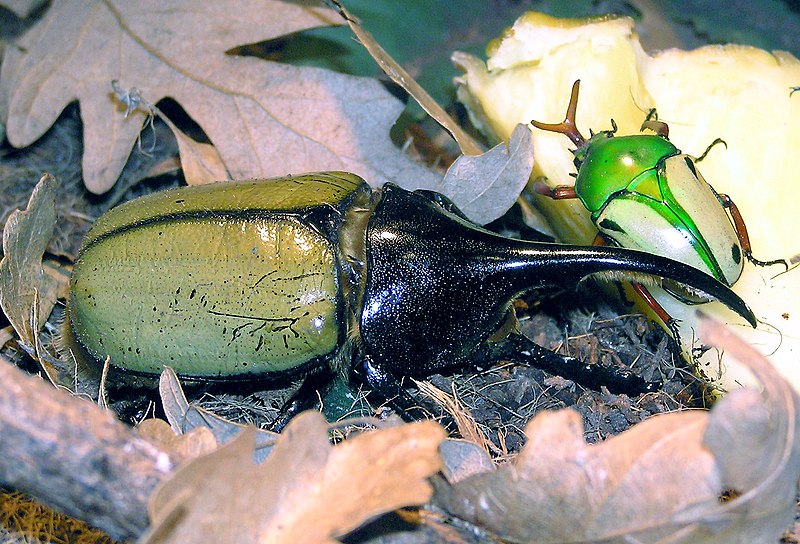One of the most over-looked aspects of proper turtle care is the provision of a secure place to hide. It makes sense that a hiding place would seem unnecessary – after all, turtles can simply withdraw into their shells when threatened. However, it’s not that simple (as usual!).
Shelter Use in Nature and Captivity
Even though their shells are often hard, and offer excellent camouflage – imagine a box turtle on a forest floor or a leopard tortoise among brush – most turtles become quite stressed if denied a secure place to hide. Even bold, long-term captives prefer a shelter, at least for sleeping.
Particularly retiring species, such as mata mata, bog and Malayan snail-eating turtles, will  often fail to thrive if kept in bare surroundings. Hatchlings, even of common snapping turtles and other aggressive species, are consumed by predators ranging from giant water bugs to herons…most are always “on guard” and will refuse to eat unless given ample cover.
often fail to thrive if kept in bare surroundings. Hatchlings, even of common snapping turtles and other aggressive species, are consumed by predators ranging from giant water bugs to herons…most are always “on guard” and will refuse to eat unless given ample cover.
Note: at 80+ pounds, the Common Snapper Pictured here is among the heaviest ever recorded. He is on exhibit at The Cold Spring Harbor Fish Hatchery, which houses an extensive collection of native reptiles and amphibians.
Useful Shelters for Terrestrial and Aquatic Turtles
 The Zoo Med Turtle Hut, available in 5 sizes, suits nearly all land-dwelling turtles. R Zilla Rock Dens sink, and so can be used on land or underwater (check that aquatic turtles cannot lodge themselves inside too tightly, and provide larger shelters as they grow).
The Zoo Med Turtle Hut, available in 5 sizes, suits nearly all land-dwelling turtles. R Zilla Rock Dens sink, and so can be used on land or underwater (check that aquatic turtles cannot lodge themselves inside too tightly, and provide larger shelters as they grow).
The Zoo Med Turtle Dock can be set up to serve both as a basking platform and hideaway for aquatic turtles. When used in shallow water, the sloping side, top of the platform and tank’s wall form a nice underwater cave readily used by young painted, spotted, mud and other turtles.
Next time we’ll take a look at a few species that have special needs, and I’ll add a note about an old turtle of mine that hides within a unique, very old “cave”. Please write in with your questions and comments.
Further Reading
For an interesting report on Eastern box turtle natural history, including the use of shelters in the wild, please look here.
 That Reptile Blog – Reptile, Amphibian and Exotic Pet Care and Information
That Reptile Blog – Reptile, Amphibian and Exotic Pet Care and Information

 and paralysis (difficulty hopping, problems catching food, etc.). I’ve run across this myself when raising American toad tadpoles for a release program in NYC, where most of the tadpoles transformed, but died soon after.
and paralysis (difficulty hopping, problems catching food, etc.). I’ve run across this myself when raising American toad tadpoles for a release program in NYC, where most of the tadpoles transformed, but died soon after. transformed toads helps, but we really do not know what most species, especially North American natives, actually require.
transformed toads helps, but we really do not know what most species, especially North American natives, actually require. behaviors in a relatively limited space and time span. Those who keep insects are offered the real possibility of discovering new information.
behaviors in a relatively limited space and time span. Those who keep insects are offered the real possibility of discovering new information. 1950’s and 60’s, huge numbers of baby Spectacled Caimans (Caiman crocodylus), dubbed “alligators”, were sold to tourists visiting Florida. In fact, I was presented with just such a creature by my grandfather. As the story went, the “gators” wound up in sewers after being flushed or dropped there when they became ill or too large for their owners to manage.
1950’s and 60’s, huge numbers of baby Spectacled Caimans (Caiman crocodylus), dubbed “alligators”, were sold to tourists visiting Florida. In fact, I was presented with just such a creature by my grandfather. As the story went, the “gators” wound up in sewers after being flushed or dropped there when they became ill or too large for their owners to manage. creatures to brief lives, if ever they were there.
creatures to brief lives, if ever they were there. Happily, as time went on I was able to work with 15 or so species of crocodilians in zoos and the wild. Please see the attached photos – the beast charging me is a marsh crocodile, Crocodylus palustris, the long-snouted fellow being led into the net is an Indian gharial, Gavialis gangeticus, and the white specimen is an albino American alligator, Alligator mississippiensis.
Happily, as time went on I was able to work with 15 or so species of crocodilians in zoos and the wild. Please see the attached photos – the beast charging me is a marsh crocodile, Crocodylus palustris, the long-snouted fellow being led into the net is an Indian gharial, Gavialis gangeticus, and the white specimen is an albino American alligator, Alligator mississippiensis.